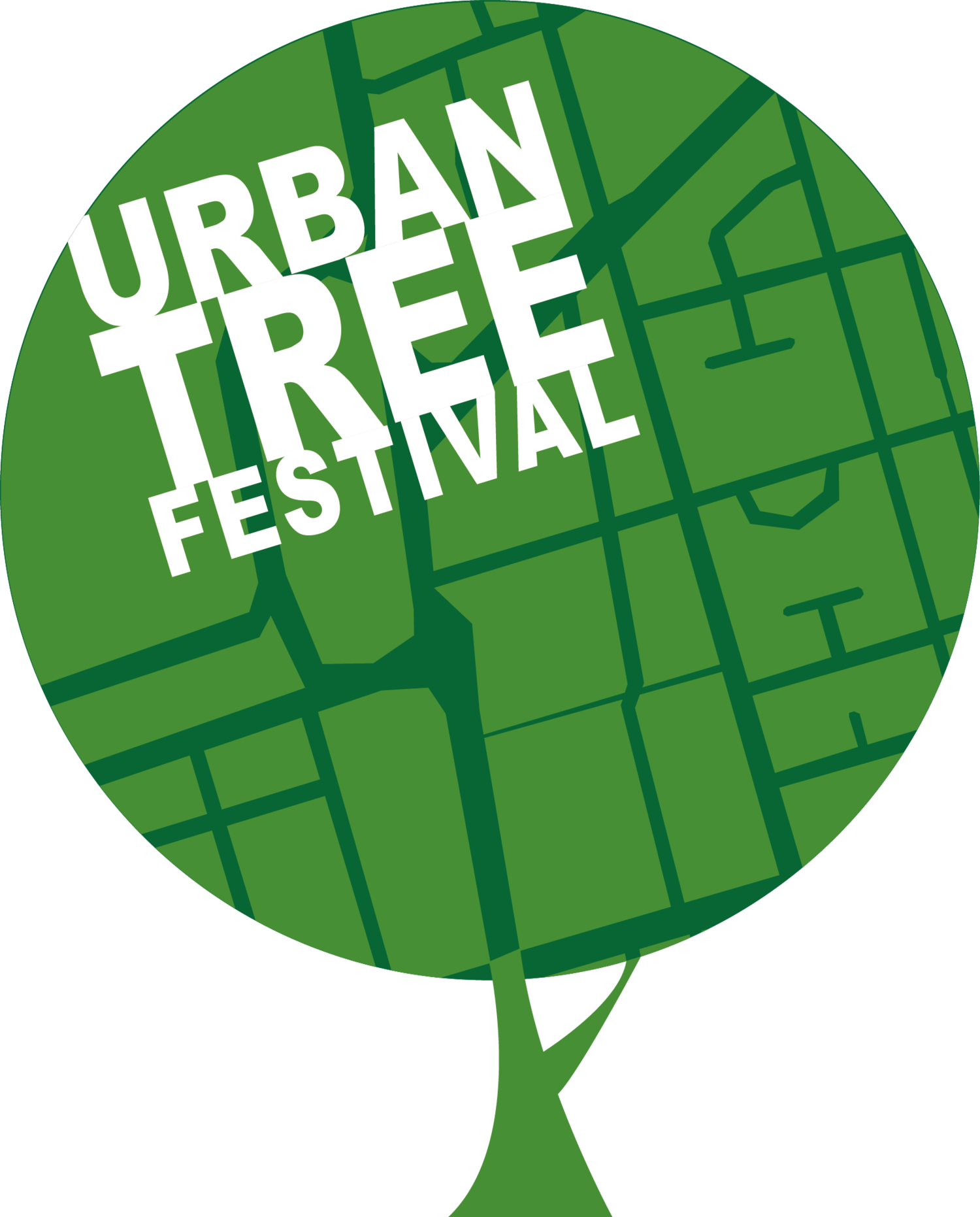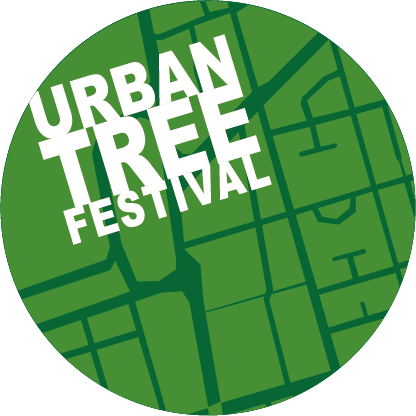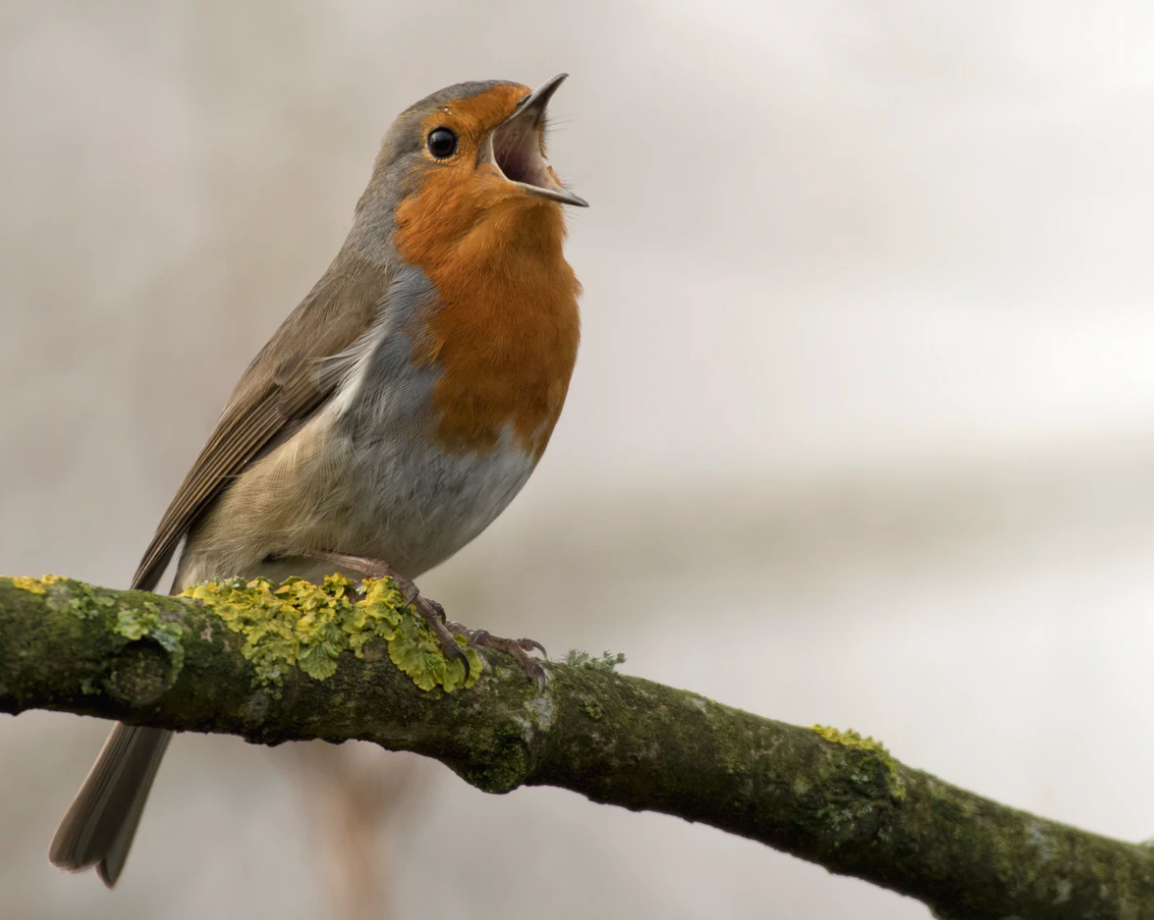
The Climbing Tree
From the Friends of Horsenden Hill
The Climbing Tree was written by Chantal @WanderfulLdn for National Storytelling Week, inspired by the Scrub Oak at Horsenden Hill, affectionately known by locals as the Climbing Tree.
But first… a couple of videos from Horsenden Hill:
It was the bad luck of the bold young female squirrel which led to my good fortune.
They described her as a beautiful grey. The colour of her fur was much richer and deeper than the others. My ancestors tell me that at least 30 summers earlier, the woods and fields were filled with squirrels of red fur, slightly smaller and more timid than the greys. Sadly, all that is left of them now are memories.
She was lame in one leg; one of my elders recalls a small kit having fallen from its branches and told the other trees it was her. As such, she was not a very good climber, so while the other squirrels would leap from tree to tree, she would stay close to the lower branches; risky for her kind, but she never let this stop her.
She was courageous and much braver than the others.
Many trees witnessed her fight off crows and magpies, one even saw her attack a fox who quickly learned to never try it again!
The winter after her first, she had kits of her own. Her drey was relatively low in the tree, yet in spite of this, she was a nurturing and loving mother and her babies grew up bold and brave like her. The young kits would bound up trunks, jumping and scampering which the trees loved, witnessing the pride in her eyes as she watched them leap from branch to branch.
So it came to be that one autumn day when collecting a stash of nuts for her winter stores, a jay swooped down overhead. While defending herself, she dropped me on the ground and there I lay for several months, undisturbed.
I was never shaded from the sun and during heavy rains, the land where I lay was high enough for me to not be swept away. However, with nothing to protect me from the winds or frost, I grew resilient, strong and free.
Each year, I have watched the seasons bring such change: I witnessed flocks of birds above me, the plants and grasses around me and the worms and fungus below me; everything forever interacting, moving, changing.
Autumn is a wonderful season. While most flowers have long gone, the colours remain vibrant with the reds, browns and golds decorating the trees like jewels. The sun, still strong but slightly lower in the sky, brings an abundance of fruit and nuts; food for birds such as long tailed tits and bullfinches and of course a range of mammals including the squirrel. While our friends the toadstools and puffballs shoot out from below the ground to offer a brief hello, while others decorate our trunks and branches.
Winter is the time to slow down, to learn from the past and to prepare for what’s to come.
I recall several winters in my earlier years when the snow came, completely burying me. I wasn’t sure how I would make it through, but these difficult times teach us to protect one another so with support from the others, I survived.
For humans, freshly fallen snow appears to be a leveller; they all seem to love it and even the most grumpy of adults becomes a child again - they cannot help but smile. Strangely, they love to throw it, it is as though they throw their worries away and in return, gain joy.
Spring sees rebirth, awakening and new beginnings. Snowdrops disappear from the quiet dormant winter ground and everything surges to life. New leaves unfurl, the vibrant green signalling a rush of life and flowers create mosaics of colour. Before the sun can raise its head, birdsong fills the sky; robins, great tits and blackcaps all sing a new song, announcing their presence from the highest of perches to all who can hear them.
The beautiful hedgerows move with activity. I watch willow warblers and dunnocks enter, then weeks later their small babies fledge. Their parents watch their brave little ones encouragingly, knowing that it is now their time to leave and learn to forage alone. Shrews, dormice, lizards and slow worms, all enveloped in the shelter of the hedge. Many a time I have watched skilful raptors such as the sparrow hawk and kestrel hunt, soaring high in the sky, but those hedges and brambles are impenetrable to them, a safe haven to all residing in it.
And then there are those odd looking hedgehogs, carrying around all those spines; but if it works for the brambles and hawthorn, then why not for this little creature? For some reason, I do not see many of them around anymore. In fact, there are many animals once abundant that are no longer so. How sad if like the red squirrels they too were to disappear.
Of the many seasons I have seen come and go, some have been harsh, leaving plants and animals struggling to survive. Trees have been destroyed by winds and much life washed away. At these times, we do our best to help one another. Trees offer shelter to the small animals, protecting them from the rain and cold. The hedgerows provide a warm blanket to all those residing there. So many times, those hedgerows have shielded us from floods, holding water back like nothing else around and for that we are grateful.
Of course, for others, the wet weather is a lifeline. It brings mosses back to life, while the reptiles rely on it for their survival. Standing water and ponds allow amphibians, reptiles and birds enough insects to feast on come summer.
Summer is the time that I see the most humans around, especially on the hottest of days. In contrast, this is when the other animals look to me to provide protection within my shaded branches or under the shadow I cast for those around me to enjoy.
I have seen humans return year after year, whereas others come across me for the first time. Most do not know that I am an oak for they expect me to be tall and straight, but where my squirrel dropped me all those years ago was a very lucky spot meaning there was no reason for me to soar above the others searching for light, for there were no others around me. This resulted in my trunk being short and squat. My thick, sprawling branches point in every direction not far from the base.
This is the reason that I came to be known as The Climbing Tree.
When it comes to climbing, the smallest ones are cautious at first, but with some encouragement from their parents, they soon realise that my large stable branches are nothing to fear and their concerns are quickly replaced by joy and laughter.
In contrast, the larger children rarely hesitate, often bringing friends, they clambering up with no fear at all. I love how much they enjoy their time with me.
What I find most strange is the adults; frequently seeming more nervous than the little ones, somehow believing that play is only restricted to the young.
Being in the company of children seems to help them to be a little braver than if they were alone. Once they start to clamber up, they soon start to have fun, unable to remember the last time they felt so free.
I have grown wide enough to allow many more than one to climb me at a time, enabling me to hold families of several generations within my crown. The sounds of happiness spills out from them and the memory stays with them for years to come.
I have felt the happiness of many families, delighted when those who were little when they climbed upon me, now bring their own children to me. It reminds me of the pride my squirrel felt towards her kits as she watched them all those years ago.
This symbiotic relationship allows my leaves grow larger and my roots stronger, in turn helping the trees, plants and animals around me. As such, I will always be happy to be known as The Climbing Tree.
Written by Chantal @WanderfulLdn for National Storytelling Week, inspired by the Scrub Oak at Horsenden Hill, affectionately known by locals as the Climbing Tree.
If you’ve enjoyed these activities, please consider making a donation
Donations are essential to running the Urban Tree Festival and you can find out why here.





